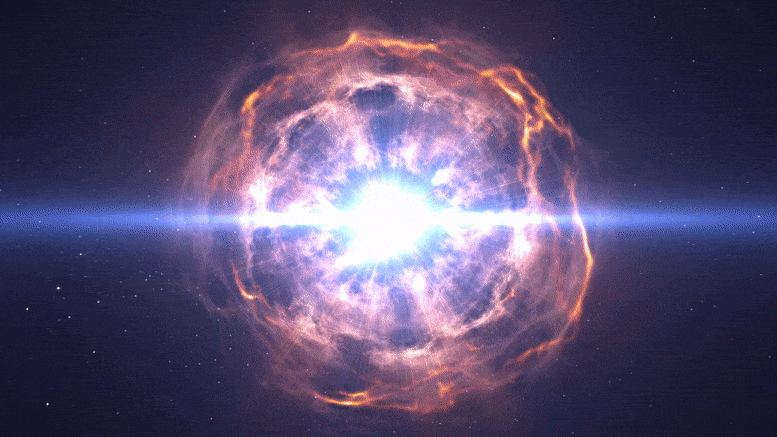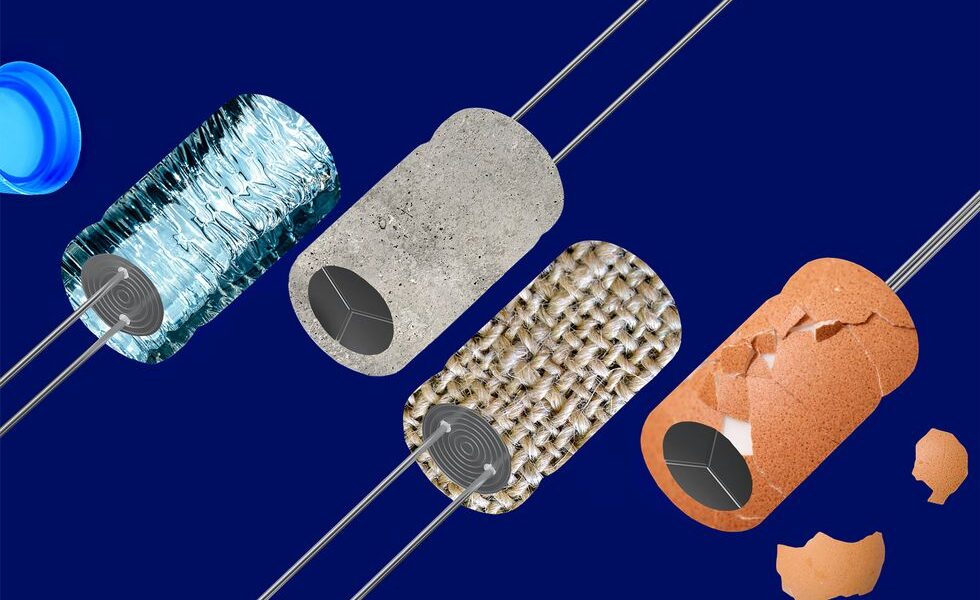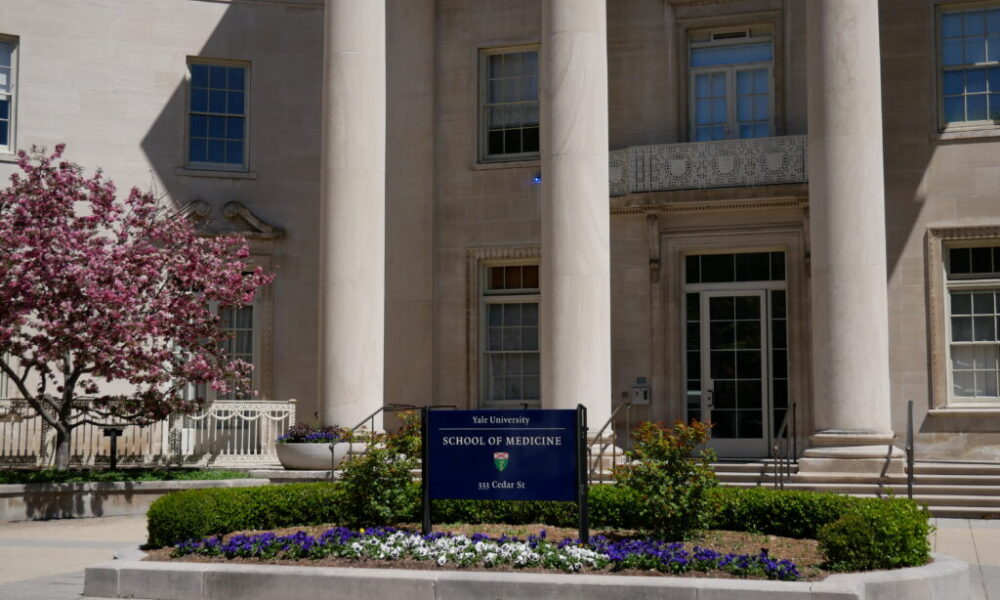Researchers at the University of Michigan have made a groundbreaking discovery in the realm of quantum physics, revealing that quantum oscillations can occur within insulating materials. This finding, published on November 9, 2025, in the journal *Physical Review Letters*, challenges long-standing assumptions about the behavior of such materials. The study, conducted at the National Magnetic Field Laboratory, suggests that these oscillations originate from the material’s bulk rather than just its surface.
The research team, led by physicist Lu Li, has turned the scientific community’s understanding of materials science on its head. Li notes that while many are eager to find practical applications for their discoveries, sometimes the most intriguing findings serve to highlight the peculiarities of the universe itself. “I would love to claim that there’s a great application, but my work keeps pushing that dream further away,” he said. “But what we’ve found is still really bizarre and exciting.”
Unraveling Quantum Oscillations
The study focuses on a phenomenon known as quantum oscillations, which typically occur in metals when electrons behave like tiny springs, responding to changes in magnetic fields. In recent years, researchers have observed similar oscillations in insulators—materials that are generally expected to be non-conductive. This has sparked debate about whether these effects arise from the surface of the materials or from their deeper structures.
Li and his colleagues leveraged the cutting-edge facilities at the National Magnetic Field Laboratory, which houses some of the world’s most powerful magnets. Their experiments revealed that the oscillations were indeed a bulk phenomenon, not restricted to the surface. “I wish I knew what to do with that, but at this stage we have no idea,” Li conceded. “What we have right now is experimental evidence of a remarkable phenomenon. We’ve recorded it, and hopefully, at some point, we’ll realize how to use it.”
A Collaborative Effort and a New Duality
The study involved a diverse team of over a dozen scientists from six institutions in the United States and Japan. Among them were research fellow Kuan-Wen Chen and several graduate students from the University of Michigan. Chen emphasized the significance of their findings, stating, “For years, scientists have pursued the answer to a fundamental question about the carrier origin in this exotic insulator: Is it from the bulk or the surface, intrinsic or extrinsic? We are excited to provide clear evidence that it is bulk and intrinsic.”
Li describes their discovery as part of what he refers to as a “new duality” in physics. This concept parallels the historical realization that light and matter can behave as both waves and particles—a revelation that transformed the field of physics and led to various technological advancements. The new duality suggests that some materials can act as both conductors and insulators. The research team investigated this using ytterbium boride (YbB12), subjected to a magnetic field of 35 Tesla, which is approximately 35 times stronger than that found in hospital MRI machines.
“Effectively, we’re showing that this naive picture where we envisioned a surface with good conduction that’s feasible to use in electronics is completely wrong,” Li explained. “It’s the whole compound that behaves like a metal even though it’s an insulator.”
The discovery, while limited to extreme magnetic conditions, opens new avenues for understanding material behavior at the quantum level. As graduate student Yuan Zhu noted, “Confirming that the oscillations are bulk and intrinsic is exciting. We don’t yet know what kind of neutral particles are responsible for the observation. We hope our findings motivate further experiments and theoretical work.”
This project received additional support from the Institute for Complex Adaptive Matter, the Gordon and Betty Moore Foundation, the Japan Society for the Promotion of Science, and the Japan Science and Technology Agency.
As scientists continue to explore these unexpected behaviors in materials, the implications for future applications in technology and materials science remain vast, albeit currently uncertain. This discovery not only deepens our understanding of quantum phenomena but also challenges conventional wisdom in the field.







